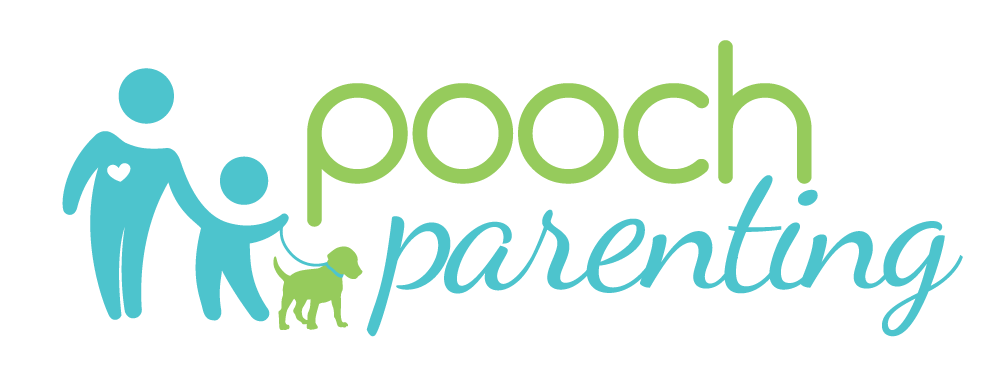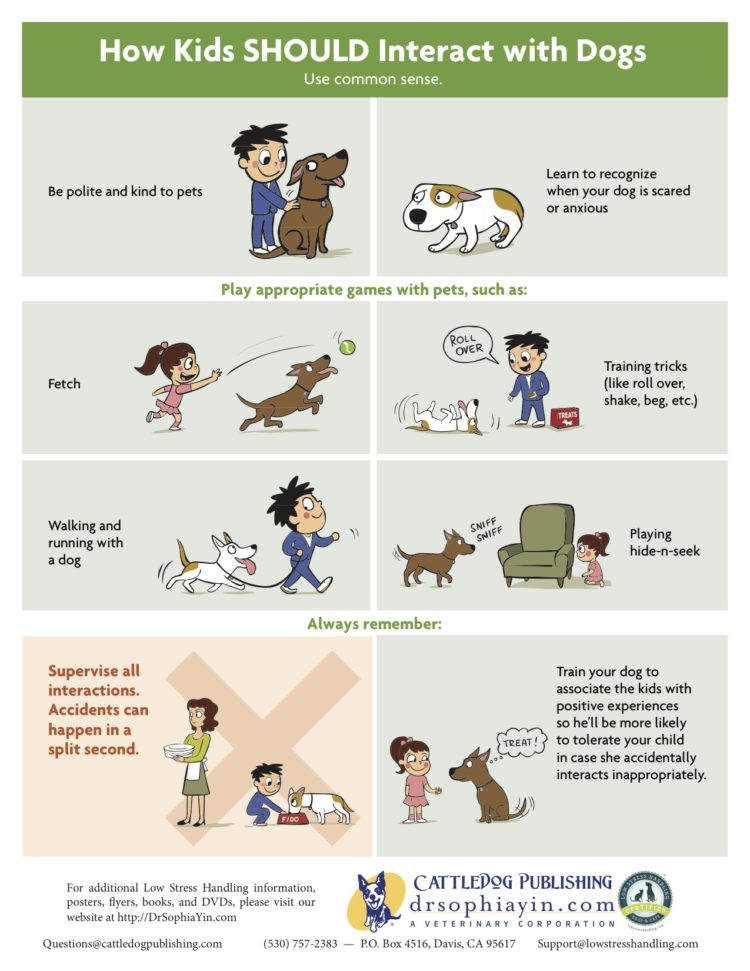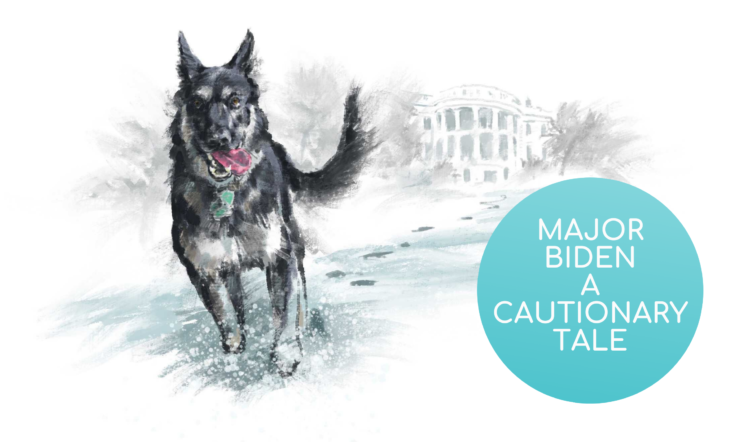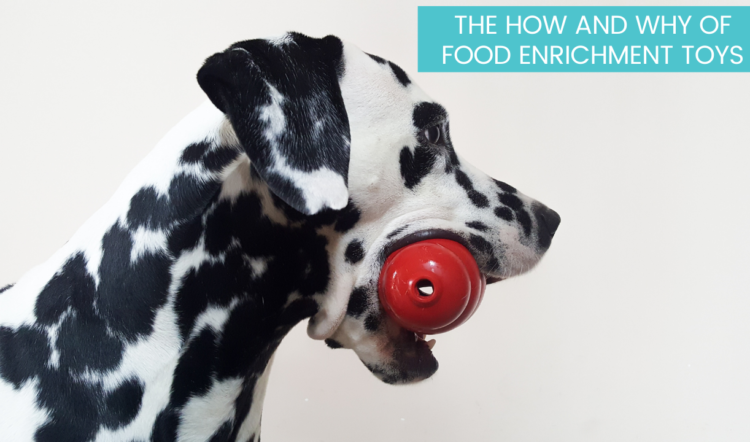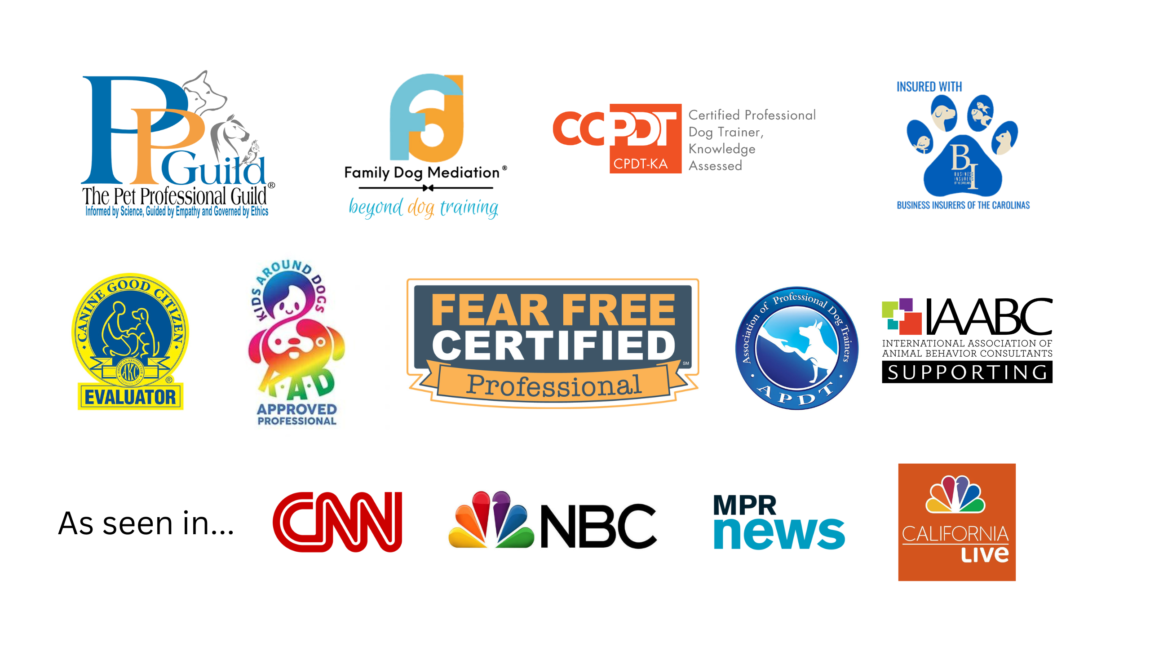Sometimes as parents, we need a little help to motivate our kids to make good choices – especially our young ones. They are clever, absorbing new information like a sponge, and testing boundaries. But when there is a family dog in the mix, we need to find strategies to help our toddlers, young kids and dogs get along safely. One fun way to help your little ones learn good behavior around the family dog is to use a sticker or reward chart. Don’t get me wrong – this chart does not replace management and supervision. But we will get to that later. In terms of using reward charts, though, some people argue that there are flaws in using a strategy like this – so let’s start there.
Bribes vs. Rewards
When considering whether or not you want to use reward charts with your kids, you need to think about the purpose and your longterm goals. In the case of teaching your toddler not to pull your dog’s fur, you want to encourage your child to do something different instead. You could offer a special reward when your toddler is gentle with the dog 5 times. This is something measurable. It’s practical. It’s clear – especially if you tell your little one about it before it happens. It goes without saying, of course, that you haven’t turned your toddler loose with the dog and then hope to capture this good behavior. This is something that needs to be managed, with you between the dog and the child. You can even help your child to pet the dog gently, to model exactly what you want. On the other hand, if you catch your toddler with his fist wrapped around a clump of Fido’s fur, and you call out, “I’ll give you a popsicle if you let go of Fido,” then that’s considered a bribe. It’s something that you are offering to stop bad behavior in the moment – perhaps out of desperation. With good management, of course, this shouldn’t ever happen…
Bribes do little to improve behavior in the long term. In fact, some people argue that bribes can cause an increase in bad behavior. The child quickly learns: “if I do this bad thing, then mom will freak out and offer me a treat to stop.” We have all seen the frantic mother with a screaming child at the grocery store, who only gets some relief after handing him a treat from the bakery aisle. In your own home, however, you can be more intentional with your teaching strategies with your kiddos. By offering rewards instead, the child is earning something for good behavior. It can prevent the bad behavior from happening in the first place, especially if you are consistent.
Involve the Kids
By asking the kids what they find valuable, you can create a short list of rewards that are acceptable to you both. In the case of improving the relationship of your child and the family dog, maybe the prizes can include some special interactions between the two, such as story time on the couch with the dog. Or maybe your child gets to stuff a Kong with treats for the pooch or hide dog cookies in the yard for a game of “search.” If the reward is connected to what you hope the child will learn, it’s even more valuable.
Reward Chart Tips
-
Start with one behavior at a time.
-
Mark the chart with a sticker or colorful crayon each time your toddler does the behavior you want
-
Set up some clear rules. You need X number of stickers to earn your reward.
-
Define the reward the child is going to earn before you start. (You want to know what your paycheck at work will be, right? No surprises!)
-
Relate the reward to the task
-
Involve the child in making choices = more motivation
Kids and Dogs – Reward for These Behaviors
Kids learn by watching the adults in the household, so it’s important that you model the behavior that you want your children to do with the family dog. Also, if you notice that the dog looks stressed or nervous, describe what you are seeing out loud. For example, “Fido’s ears just went back and his tail is under his belly. This means he is nervous. Let’s leave him alone so he can feel better.” This will help your kids to understand your dog’s body language and to show him some respect.
-
let the dog sleep in peace
-
give the dog space if it is eating or chewing a toy
-
stroke the dog gently without hitting (with adult support)
-
be gentle with your fingers without pulling the fur (with adult support)
-
go around the dog without stepping over her
-
invite the dog to visit you instead of approaching and hugging her – this gives the dog a choice
-
inside voices near the dog
-
play with your toys, not the dog’s
Please note: This chart is ideal for children who are older than the age of 3. Babies and toddlers of all ages need to be carefully supervised with the family dog, which means that a parent should be physically present at all times. When that’s not possible, using a variety of management strategies is crucial to ensure safety of both the child and the dog.
What ideas would you add to this list? I’d love to hear about them. If you make reward charts with your kids, please take photos and share them on our Pooch Parenting Facebook page We would all love to be inspired!
Graphics for these rewards chart are licensed by Kate Hadfield Designs and can not be used without permission.
